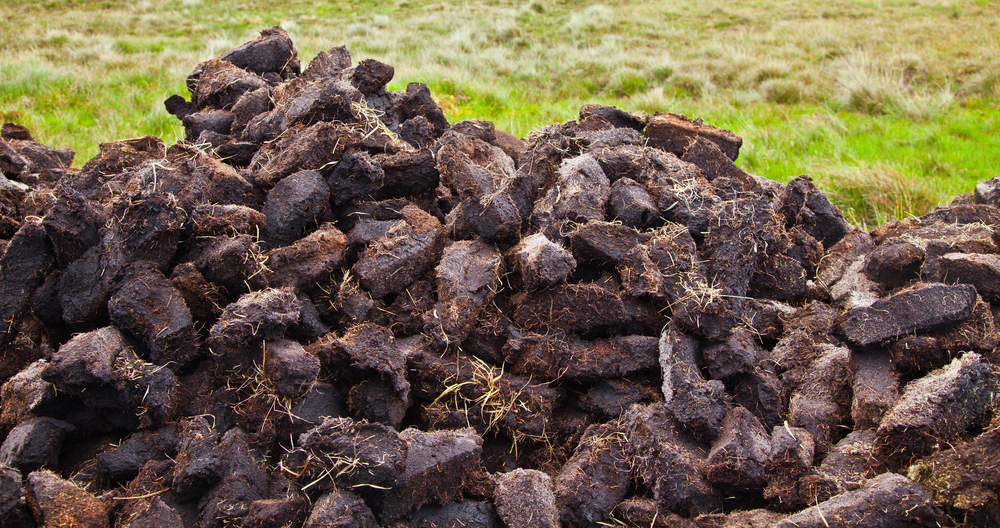We have taken turf from a bog for generations. I am told we have turbary rights. What are turbary rights?
The right to take turf from a bog is a common right in this country. It was of huge importance in rural Ireland in the 19th century being a necessity of life for poverty stricken tenant farmers.
This right was formerly granted and administered by the Estate Landlord who would allocate a specified bank of turf to each of his tenant farmers.
Management of the bog was critical as if bog was cut in a careless manner, it would become rapidly flooded with water and destroyed and be of no use to anybody. The managment role was usually taken over by the Irish Land Commission when it acquired the Landlord’s estate.
The Land Commission often when vesting the farms in the tenant farmers would establish a trust to run the bog. The Commission would then vest the farms in the various tenant farmers along with the right to take turf from a specified portion of bog.
The turbary right would be registered on their title when it was registered in the Land Registry. The right continues to be of importance in today’s Ireland as is shown by the present controversy over turf cutting on raised bogs.
So what exactly is a right of turbary?
Simply put a right of turbary (more correctly called a ‘ common of turbary’ ) is the right to dig , cut carry and take away turf from another person’s land in common with others to use as fuel for one’s house.
The right to take turf for fuel in a house does not attach to the lands but attaches to the dwellinghouse situate on the lands: it cannot be apportioned or severed from the dwellinghouse.
If, however, the dwellinghouse is replaced by another dwellinghouse on the same lands in continuance of the older dwellinghouse the right of turbary automatically attaches to the new dwellinghouse.
On a transfer of part of lands on which there is an attached right of turbary the right will be registered on the title of the part on which the dwellinghouse is situate and will not be registered of the part that is severed from the old dwellinghouse. It is important to note that the extent of the right is limited to the fuel requirements of the dweelinghouse it is not a right to cut and sell turf.
Also that the person with the right does not acquire any other right in the land from which the turf is being taken.
There was another similiar right which was also often vested by the Irish Land Commission and this was the right to take bog mould from a bog for manure. Unlike the right to take turf this right can be apportioned on a transfer of part of land.
So how do you identify the plot from where you are entitled to take turf?
This is usually very well known to all the turfcutters using the bog!
You can identify your turbary plot on the Land Registry Map which can be inspected on the Property Registration Authority website Landdirect.ie free of charge.
The bounds of turbary plots are shaded in brown on the Land Registry map. Such inspection will disclose your folio or title number for your farm which you can inspect online for €5. Part 1 of the register for your farm will show you whether there is a right of turbary attached to your land. If there is, the register will specifically indicate by reference to a plan number on the Land Registry Map, where your turbary plot is.
You can then order a copy of the folio/title and title map for your farm online from Land Registry for €40.
When ordering request the Land Registry to include the plot showing your turbary on the title map of your land.
John Deeney is a barrister and former Deputy Registrar of Titles in the Property Registration Authority. He now provides Land Registration Consultancy Services.
